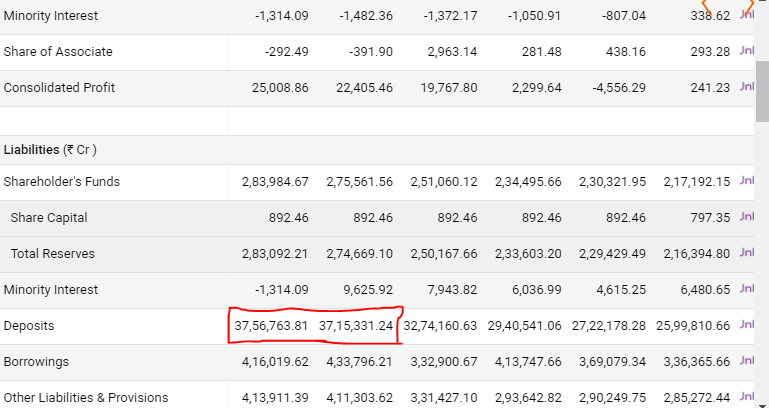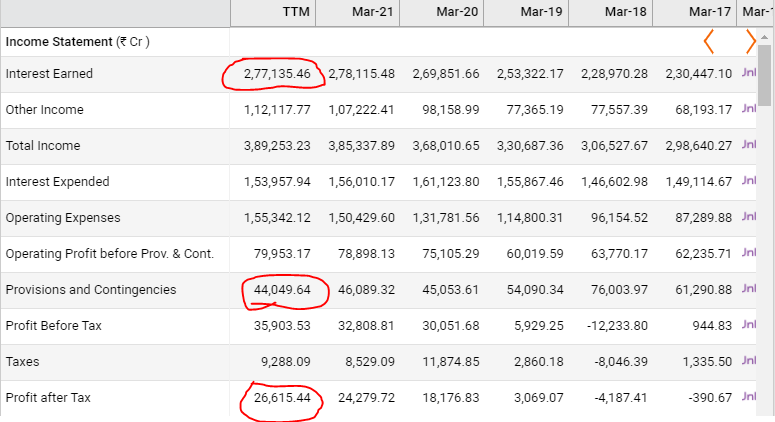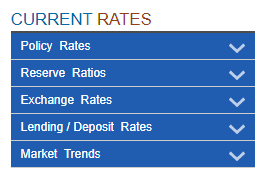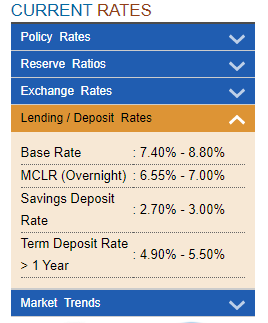A brief Introduction
To trade or invest in banking stock, it is a good practice to understand the banking business in India. Firstly, the bulk of earnings that India generates in a fiscal year comes from the Tertiary sector.
Tertiary Sector – Includes IT, Banking and all other allied services. For more on the sectors, go through the article on the sectors of the Indian Economy.
We all understand that banking is a business of making money by lending from deposits.
- Loans are an Asset
- Interest reflects Earnings.
- Deposits are Liabilities
Banking is a classic case of reverse engineering. The regulator of the banking business in India is RBI. Reserve bank of India grants the banking licenses and monitors the currency and credit system of India. Therefore RBI engages itself in research work and lays down the guidelines for various types of rates. We are not going into the mathematical details of what tool and people RBI engages to come- up with the set of rates.
How to analyse banking business?
Look at the images below and see the rates. One can easily spot the saving rates and lending rates by looking at the image below. In our study, we are going to take the example of the State Bank of India. SBI is one of the largest banks in India.
The image shown below is of the interest rate chart updated and published by SBI. The rates are revised frequently by the RBI. We can check these rates on the RBI’s official website home page. The revision usually takes place when the RBI’s – Monetary Policy Committee headed by the Governor of RBI, sits to discuss them.
SBI Saving account rate as of 31/05/2020

Interest Rate Spread – Banking Business
Look at the interest rate of deposits in the image above. Standing at a meagre value of 2.70%. Also, remember that deposits to a bank are their liabilities. The income from loans is the earning of the bank. Therefore the interest payment on the deposits is a loss to the bank.
Now lending rates for borrowers like home loans – 6.80% to 8%, car loans ranging from 7.5 – 10%. Interest rates charged by banks on business loans or personal loans ranges from 10% – 12%.
- Maximum Spread = Maximum lending rate 12% – Deposit rates 2.70% which is 12% – 2.70 =9.3% or nearly 10%
- The average Spread of all the loans disbursed by a bank is not more than 7%
Therefore maximum earning from a loan is 10%. The chances of turning a good loan into a bad loan are 50-50. Also, it depends upon the creditworthiness of an individual.
SBIN Example
With this knowledge, let us get back to SBI’s balance sheet. Don’t get yourself confused by dealing in these large numbers. Therefore we have created a prototype of a balance sheet by scaling it down. Following are the key observations.
- Earning from Interest on the loan is 277 Rs
- Total income is 389 Rs
- Net income is 26 Rs which is 26/389 *100 = 6.66%
We have already derived a value of 10% of headroom for growth from the lending activity. SBI was up to the mark in giving us a 6.66% return in just 2 Quarters.
We should skip the ratio analysis here and be a rational baniya because ratios are adjusted to suit convenience. Therefore we must avoid looking at them at the same time. We should know their meaning and purpose. So far, we have only looked at the cash flow of the banks. Let us also look at what is at stake.
- Deposits = Liability = 3756 Rs

Now there is an anomaly in the banking industry while depositors can quickly withdraw the money. The money granted in the form of a loan if defaulted is hard to come by.
- Loans = Asset = 2483 Rs Right infront of the Advances


What are the Opportunities in the banking business?
There are several reasons for the banking business to grow in India and they are as follow
- The transition from developing to developed economy.
- Demographic dividend – India has a relatively young population 27 yrs is the average age of an Indian.
- The credit system is still in the early stages of development example, buy now pay later apps are coming up in India.
- The introduction of UPI and payment wallets along with NBFCs is yet to realize its full potential.
- A lot of credit is still informal in India because a lot of villages still don’t have a local bank.
What are the threats to the banking business in India via an example of SBI?
- There are few prominent threats to the banking business in India number one is cryptocurrency. If people start moving their deposits (withdrawing) out of the banking system, then there is no way banks can provide credit. The banking system will collapse. Therefore cryptocurrency is the most emerging threat to the banking system.
- The second threat is that a large number of defaults. In the above example of SBI, we have seen that under the asset’s slab, SBI has disbursed Rs 24.83 Lakh Cr of loans in India. Even if 1 Lac cr comes under the provision and contingency slab of the balance sheet. Loans sanctioned during the pandemic will come under stressed assets. The recovery of such loans will be a difficult task for the government. This situation will result in adverse pain on the bank’s balance sheet.
Thirdly and most importantly, stagnation of the Indian economy along with higher levels of Inflation. A lower rate of growth would impact the interest collection and delay the payment cycle. The net result of such a combination is that profits from past earnings will be eaten away by Inflation. To illustrate this, read the example below.
The saving deposit interest rate is 2.70%, the inflation rate is +4%. Meaning that if we keep Rs 1 Lac in our savings account for 1 yr, the real value of 1 Lac after 1 yr would be 1.3% less, that is Rs 98700.
So to say that if GDP is growing at 5% and inflation at 6%, then we are degrowing at 1%. Is this good news or bad? Simply put, it is a piece of bad news.
Finally, when pessimism is at its peak, being surrounded by so many hostile countries. A war might result in a catastrophe unforeseen in the history of the world. So yes, everything will end. How can banking be spared? These are some of the challenges that banking institutions face.
Conclusion on SBI
Looking at the balance sheet SBI the bank looks strong on all fronts. The quarterly results look good too. The total earnings are close to the market cap. The book value of SBIN is 291 Rs. The P/E ratio is 15 and, the P/B ratio is 1.5. Overall a good buy from here as well.
Firstly, the negatives with SBI are many. Secondly, in the past, SBI has exhibited a cyclical trend which is, prevalent in all listed PSBs – Public sector banks. A range of 170 – 400 back and forth. Secondly, SBI has an 892 Cr share floating in the market and, that is a massive supply of shares.





